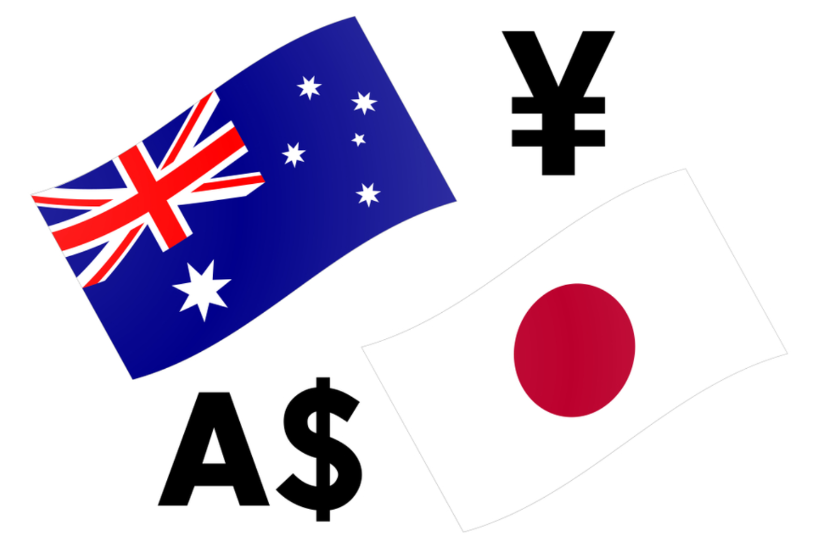Experience Trading
on the Go
on the Go

Lesson 2: What is Position Sizing in Forex (Part Two)?
Reading Time: 7 Minutes
Although most Forex traders operate with a Forex Trading Calculator to compute their Forex position size, understanding the mechanics of position sizing formulas facilitates a deeper awareness of a currency pair’s format. Equally, knowledge of the calculation leaves traders (whether using day trading, swing trading, or position trading strategies) less dependent on position size calculators.
Position sizing refers to the size of a trader’s position and determines the number of units or lots (sometimes referred to as ‘lot size’ or ‘trade size’) required to maintain the desired risk profile. This is key within risk-management and money-management systems for professional traders.
In part 1, the article explained the procedure behind calculating position size in the Forex market (foreign exchange) with an account currency denominated in the same currency as the currency pair’s term value: the second currency. Part 2, however, describes position sizing dynamics for an account denominated in a currency identical to the base currency of the currency pair of interest: the first currency.
How to Calculate Position Size?
Similar to part 1, to trade Forex, the following values are needed to calculate position size: account balance of the trading account (or account size), account risk per trade (trade risk), the currency pair’s exchange rate of interest, and stop-loss distance, measured in pips.
A noteworthy reminder from part 1 is that 1 pip in FX represents 0.00010 for most currency pairs (priced to the fifth decimal place). For JPY-based currency pairs, 1 pip is priced to the third decimal place (0.300). It should also be clear that currency pairs are valued in terms of the term currency.
To calculate the size of a position for an account denominated in an account currency matching the base currency of the targeted currency pair, the following formula can be applied:
(Account Equity Risk * Exchange Rate) / Stop Distance
Example 1:
Assume an account of 10,000 USD (often stated as either ‘account equity’, ‘trading capital’, or ‘account equity’). The trader is prepared to risk 1 per cent on each trade (100 USD), and the currency pair of interest is USD/CHF (US dollar against the Swiss franc), trading at 0.97955 CHF. This particular setup also demands a 20-pip protective stop-loss level. Following the formula above, the trader must multiply 100 USD by 0.97955 to get 97.955 (the risk in CHF). The next step involves dividing CHF risk by the stop distance: 0.0020 to reach 48,977.5 units (dollar amount): notional position size. On MetaTrader’s order window, this is inputted as 0.49: approximately 5 mini lots (rounded up).

Based on the example above, it should be evident that to trade with an account denominated in the same currency as the base currency, ‘term’ currency risk must be understood. The trader is then free to follow the same process as demonstrated in part 1: divide trade risk by the stop distance.
Example 2:
AUD/JPY (Australian dollar against the Japanese yen) trades at ¥92.500 and the account is denominated in Australian dollars (AUD). The trader has an account balance of 5,000 AUD and is prepared to risk 1 per cent on each trade (50 AUD); the setup in this situation requires a protective stop-loss order of 25 pips.

Applying the position size formula, multiplying 50 by ¥92.500 equals 4,625 Japanese yen risk. The trader subsequently divides 4,625 by 0.250 to produce a notional position size of 18,500 units (AUD). This can be inputted either as 0.18 (rounded down) or 0.19 (rounded up) on MetaTrader’s order windows: approximately 2 mini lots.
Instead of dividing by five decimal places as in example 1, example 2 includes the Japanese yen which uses 3 decimal places (0.250).
 Access 10,000+ financial instruments
Access 10,000+ financial instruments Auto open & close positions
Auto open & close positions News & economic calendar
News & economic calendar Technical indicators & charts
Technical indicators & charts Many more tools included
Many more tools included
By supplying your email you agree to FP Markets privacy policy and receive future marketing materials from FP Markets. You can unsubscribe at any time.
Source - database | Page ID - 1099